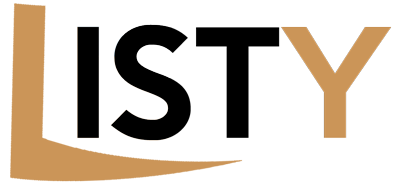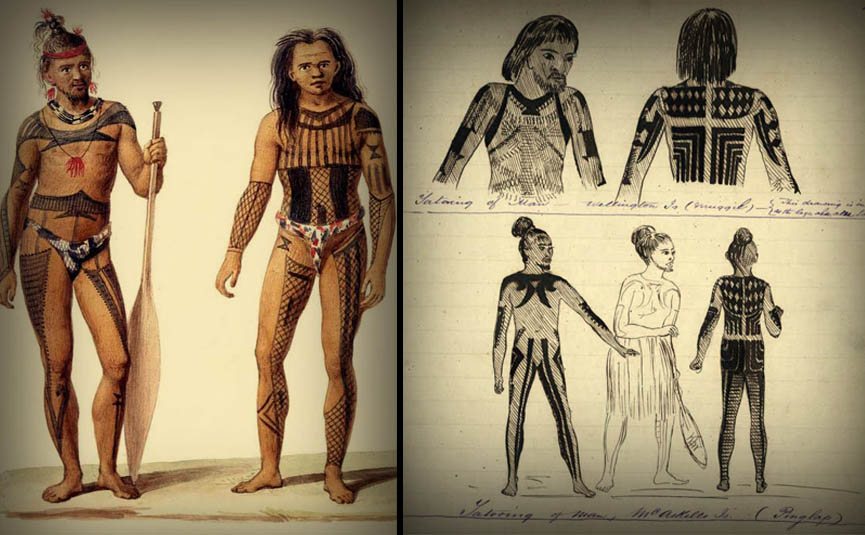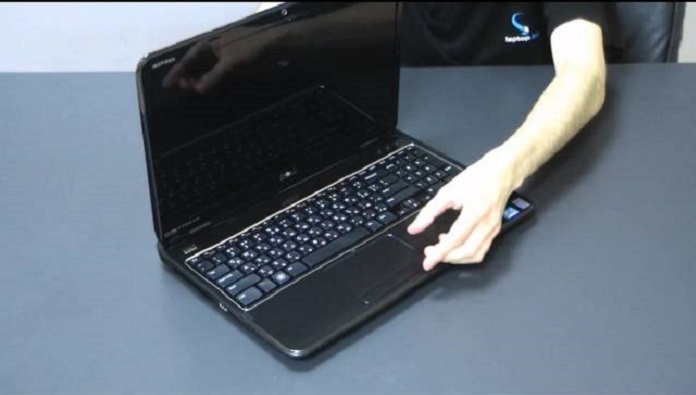The hobby of collecting is a truly beneficial one, despite what it may seem to people who aren’t collectors. Sure, there are piles of items you get to own over the years, but that’s only part of the charm as it’s been said that organising your collectables can reduce your anxiety since you have control over every item that makes it to your collection.
Then, there’s the pleasure of looking for items that you’re missing, coming in touch with new collectors who share your passion, and even learning a thing or two about these items. All in all, it’s a truly rewarding hobby that can enrich your life in more ways than one. Take that of collecting flags as an example. Did you know there’s the term vexillophile for the collector or general admirer of flags?
It comes from the Latin word vexillum which was a square flag the Roman cavalry used. And, as exciting and rewarding as collecting ancient flags can be, there’s also something special about acquiring flags in use today. Think about it, boosting your collection with high quality fully sewn, woven or knitted Indian flags is a way of learning more about the nation and how the design came to be.
India, the Third Most Common Country of Birth for Australians

Yes, you read this right. India has surpassed both New Zealand and non-commonwealth China in the number of residents in Australia, and according to the latest census of the ABS (Australian Bureau of Statistics) in 2021, Indians constitute 3.1% of the country’s population. In precise numbers, this comes to about 783,958 persons with Indian ancestry living in the Land Down Under.
Not surprisingly, Diwali festivities have become part of the significant celebrations in the country. If you waved the flag this year’s festival of lights, played cards, did some Diwali cleaning and shopping, or would like to do so next year as a way of getting closer to this nation, it would come in handy to learn some facts about its flag in the first place.
What is Unique About the Indian Flag?


It’s called Tiranga in Hindi, globally known as Tricolour as it consists of three horizontally laid colours: green at the bottom, white at the centre, and saffron at the top. And, in the middle of the white is the navy-coloured Dharma Chakra with the 24 spokes, also known as the Wheel of Law, adopted from the Ashoka Chakra.
These three colours have a meaning of their own, with green representing fertility, growth and auspiciousness, white standing for peace and truth, and saffron for strength and courage. The chakra or wheel is used for the cycle of life, movement, and progress. Same as any other nation’s flag, it’s used as a symbol of sovereignty and pride. India’s first flag came to be out of the need to have the symbol of freedom. And, despite what you may think, this wasn’t the one we know today. It was the first of six Indian flags and was presented back in 1906 at the Parsi Bagan Square in Calcutta.
Even though it also had three colours, it had green at the top, yellow at the middle, and red at the bottom, with lotus flower and religious symbols, crescent moon and sun, as well as the Vande Matram inscription. The second version of the flag was presented on foreign soil in 1907 at the Socialist International summit by Madame Bhikaji Cama, and was somewhat different from the previous, with green at the bottom and orange at the top, and a few changes in the flower symbols and the position of the sun and crescent moon.


The third one was raised by nationalist and independent activist Lokmanya Tilak and Dr Annie Besant in 1917 during the Home Rule movement. This one was notably different from the previous two Indian flags with the nine rows of stripes in two colours, red and green, and the inclusion of the Union Jack – the UK flag added on the top left corner. Plus, the addition of the Saptrishi constellation, and a crescent moon.
The fourth one was designed by Pingali Venkayya in 1921 as per the vision of Mahatma Gandhi to include a white stripe that symbolised the remaining religious minorities, alongside the green for Muslims and red for Hindus. There was also a spinning wheel in the middle for the development of the country.
The fifth version was a version of the fourth flag adopted in 1931 by the Congress Committee with a resolution approving the tricolour as the national flag. However, it still wasn’t the one used today. The sixth and final version of the country’s flag was adopted by the Constituent Assembly on July 22 in 1947, as the flag of independent India. Although Pingali Venkayya is also credited for it, it was the design of Mrs Suraiya Badr-ud-Din Tyabji.



Another interesting fact is the first outdoor hoisting of this official flag took place in Canberra, Australia, rather than India, on 15 August 1947 at the residence of the High Commission of India, Sir Raghunath Paranjpye. It happened three hours before the official outdoor hoisting on Indian soil. How’s this for a special collector’s item in your flag collection?















